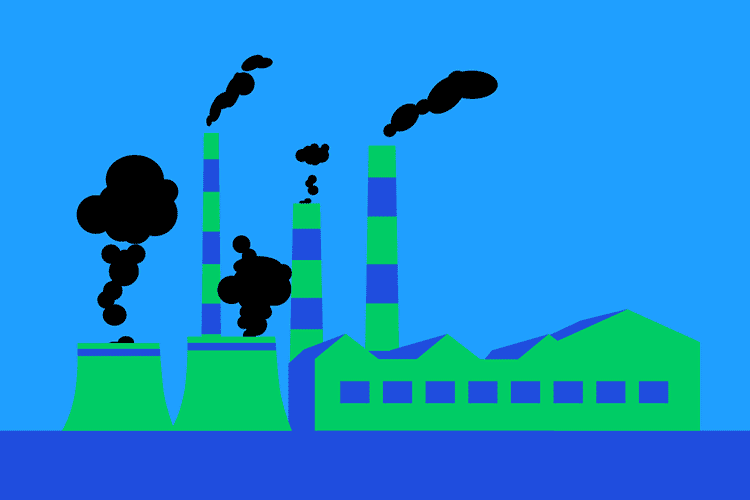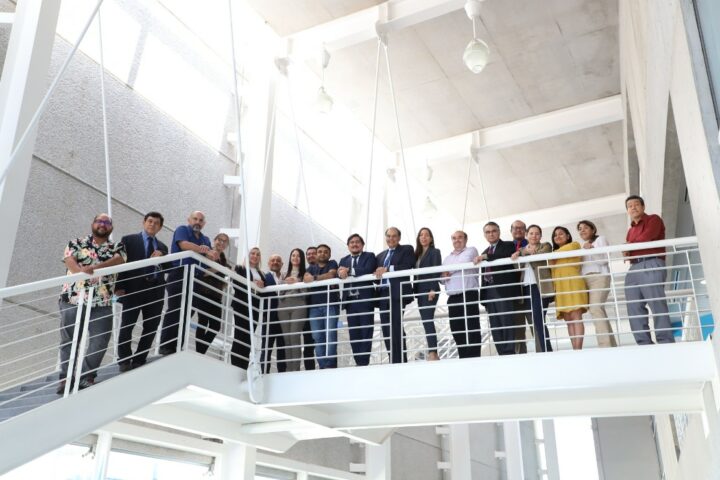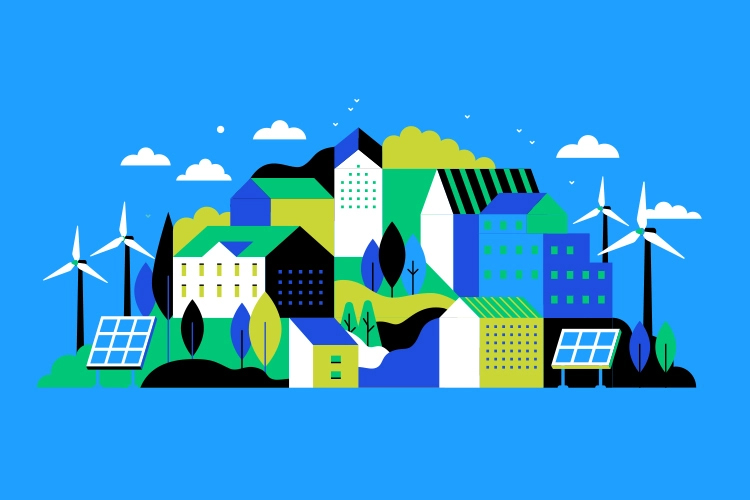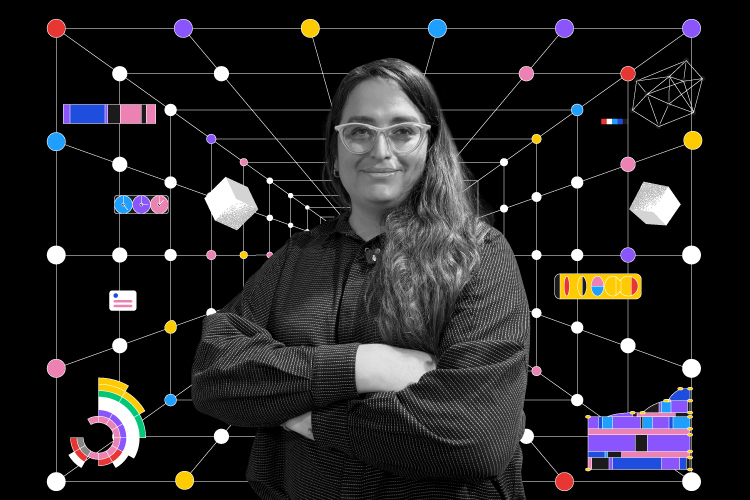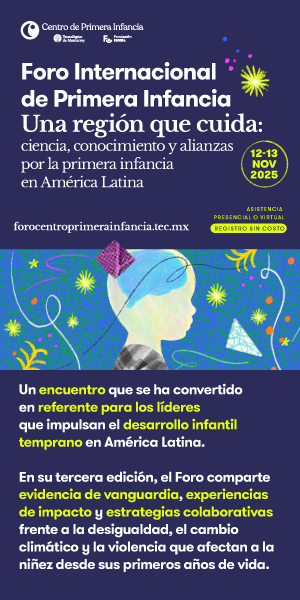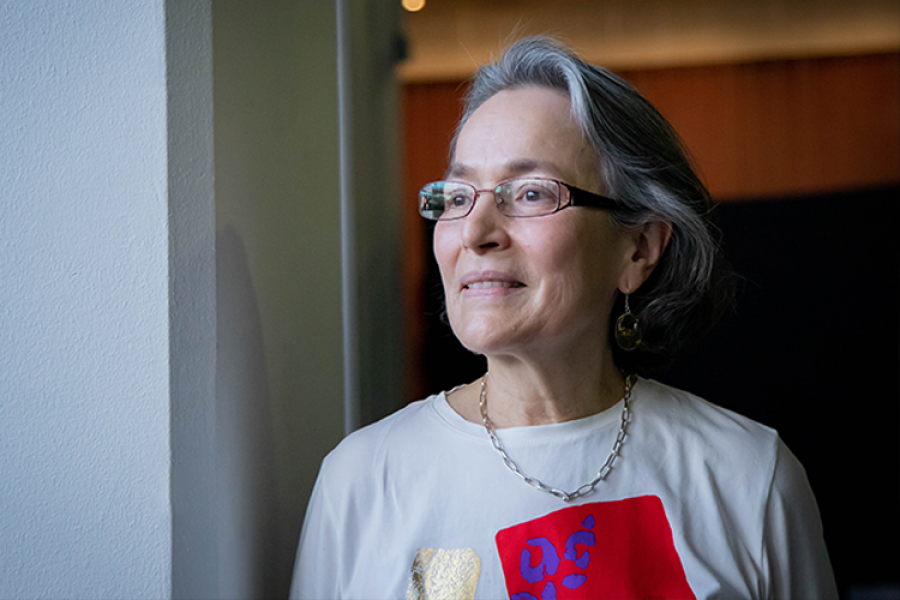Achieving industrial sustainability and decarbonization -carbon dioxide (CO2) is one of the most important greenhouse gases- in Mexico are necessary goals to mitigate the climate crisis, but at the same time they are difficult to achieve and maintain in the long term. Only through applied research and the collaboration of all sectors of the population they can be achieved.
Given the devastating environmental, economic, social and health consequences brought about by climate change, countries must transition towards sustainable production practices. This is what the Observatory of Sustainable Manufacturing Industries (OSMI), created by Tec de Monterrey, seeks to support.
“Our ultimate goal is to promote industrial decarbonization and green development,” said Fernando Gómez, research professor at the School of Government and Public Transformation (Egob) and member of OSMI during his participation in the Third International Conference of the Institute of Advanced Materials for Sustainable Manufacturing (IAMSM), which took place on October 29, 2024 at the Monterrey Campus of Tec de Monterrey.
During their presentation, Gómez and Hilda Zamora, a postdoctoral researcher at IAMSM, officially launched the OSMI web platform and explained its multiple uses.
The observatory is a collaboration between IAMSM and Egob focused on interdisciplinary research, analysis and design of technologies and productive development policies to solve industrial decarbonization problems and promote sustainable industrial development in Mexico and Latin America.
Decarbonization is the gradual process of eliminating CO2 emissions and other greenhouse gases generated by industrial activities, such as livestock, agriculture, construction and manufacturing.
“Another objective of the platform is to foster the dialogue about public policies focused on the implementation of technological strategies to achieve emission reduction goals in various sectors,” said Zamora.

The Observatory of Sustainable Manufacturing Industries
“OSMI has three main sections: manufacturing industries in Mexico, decarbonization routes, and applied research,” explained Gómez.
Using data from public databases, such as those of the National Institute of Statistics and Geography (INEGI) and other institutions, the team can track and analyze current and past trends in the use of natural resources and the supply chains of different industries, in order to closely monitor their progress towards sustainability and decarbonization.
Through its web platform, the use of resources -such as water and energy- by a particular industry, in a particular state or region of the country, can be analyzed in order to know how they are currently developing, how they have developed historically, and the areas in which technological interventions can be made to reduce the environmental impact of their practices.
“We can better characterize the industries, analyze their potential to be green, as well as the research and technological needs each one has in order to achieve these goals,” said Gómez.
An important tool for carrying out these analyses is the Simulation of Sectoral Pathways and Uncertainty Exploration for Decarbonization (SiSePUEDe), an analytical platform that allows for the integration of greenhouse gas emissions inventories and the creation of economic assessments of the technical costs and benefits of making interventions to improve industrial practices.
The tool is designed to find the way to truly achieve these objectives.
The Future of Industrial Development in Mexico and Latin America
Among some of the analyses they have already been able to do is how feasible it would be to achieve decarbonization, depending on the intensity and type of transformations applied to a particular industry.
“There are some transformations focused on alternative fuels, such as nitrogen, for example,” said Zamora. “But, basically, it is the combination of all these strategies that will lead us to achieve this goal in 2050.”
In addition, through these analyses, they have managed to demonstrate that these transformations would not only help sustainability, but in most cases they would also bring net economic benefits, which exceed the invested needed to establish these transformations.
The platform is dynamic, so −in the future− it will be updated with new information and evolve as research efforts increase within Tec de Monterrey and in collaboration with other universities and research centers.
Both Gómez and Zamora invite public officials, researchers, industries and the general public to get involved with OSMI to promote actions towards sustainability and decarbonization.
“We are aware that a good part of the transformation has to be from the public sphere,” said Gómez.
With projects like this, the idea of reaching a utopian world, where development does not come at the expense of the well-being of humanity and the planet’s ecosystems sounds possible.
“We believe that the observatory can be a very important tool for decision-making, not only for industries or researchers, but also for the government, and for informing society in general about these challenges,” said Gómez.
Were you interested in this story? Do you want to publish it? Contact our content editor to learn more marianaleonm@tec.mx.
